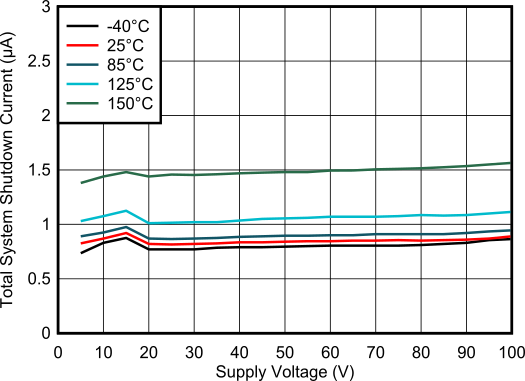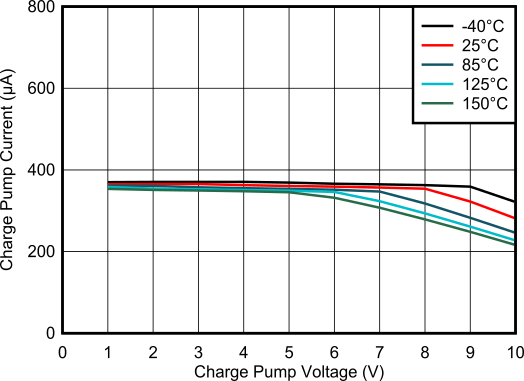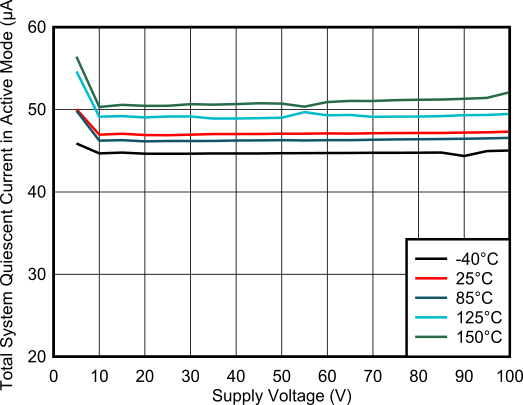SLUSEZ1A December 2023 – December 2024 TPS4800-Q1
PRODUCTION DATA
- 1
- 1 Features
- 2 Applications
- 3 Description
- 4 Pin Configuration and Functions
- 5 Specifications
- 6 Parameter Measurement Information
-
7 Detailed Description
- 7.1 Overview
- 7.2 Functional Block Diagram
- 7.3
Feature Description
- 7.3.1 Charge Pump and Gate Driver Output (VS, PU, PD, BST, SRC)
- 7.3.2 Capacitive Load Driving Using FET Gate (PU, PD) Slew Rate Control
- 7.3.3 Short-Circuit Protection
- 7.3.4 Overvoltage (OV) and Undervoltage Protection (UVLO)
- 7.3.5 Reverse Polarity Protection
- 7.3.6 Short-Circuit Protection Diagnosis (SCP_TEST)
- 7.3.7 TPS48000-Q1 as a Simple Gate Driver
- 7.4 Device Functional Modes
- 8 Application and Implementation
- 9 Device and Documentation Support
- 10Revision History
- 11Mechanical, Packaging, and Orderable Information
Package Options
Refer to the PDF data sheet for device specific package drawings
Mechanical Data (Package|Pins)
- DGX|19
Thermal pad, mechanical data (Package|Pins)
Orderable Information
5.7 Typical Characteristics







| V(BST) = 15 V | V(SRC) = 0 V | |

